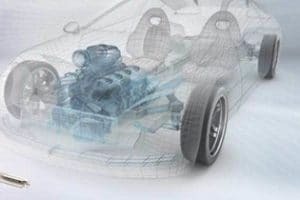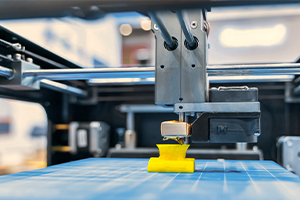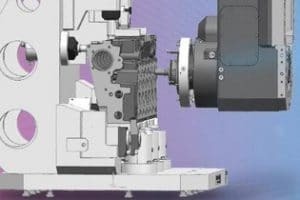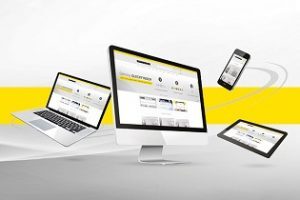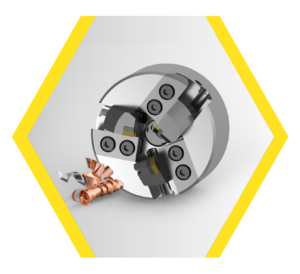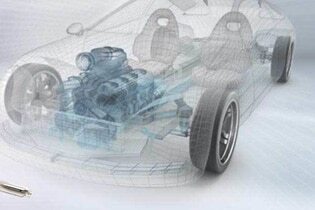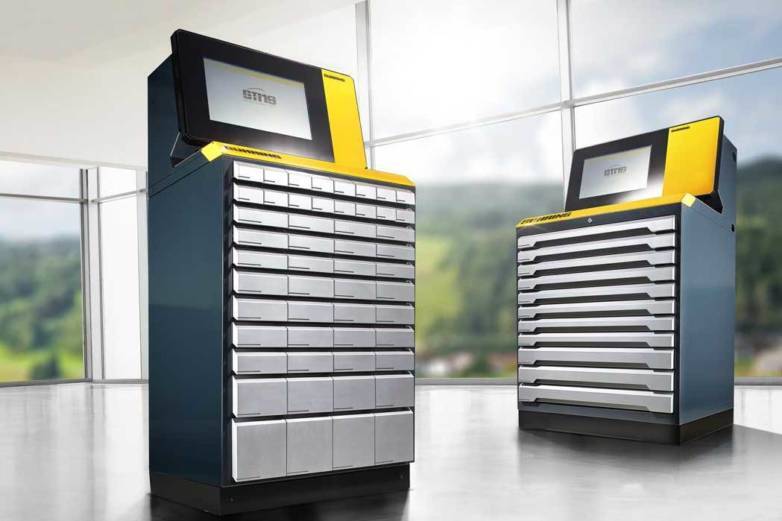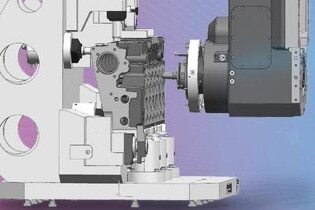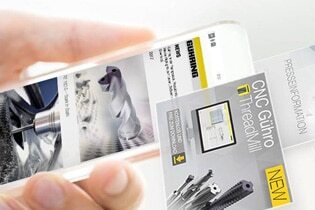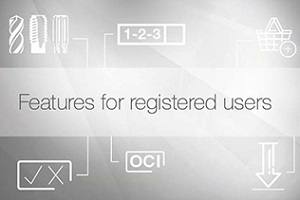
More convenient ordering: With a PunchOut interface, you can merge the Gühring online shop and your ERP system. The benefit: You can securely access the shop from your ERP and transfer shopping carts to your system. You can find out exactly how this works and how you can benefit from OCI- and cXML-PunchOut here.
Content
1. What is PunchOut and how does it work?
2. OCI and cXML: The most common PunchOut protocols
3. Benefits of OCI- and cXML-PunchOut for businesses
4. Setting up an OCI-PunchOut interface: Step-by-step instructions
5. FAQs about PunchOut
What is PunchOut and how does it work?
“PunchOut” is an interface that enables customers to transfer product information from the suppliers’ online shop directly to their own procurement software. As such, the customer can switch from their procurement software to our online shop at the touch of a button. As a result, you can place the products you want in your shopping basket and transfer relevant product data to the procurement system to then generate an order.

OCI and cXML: The most common PunchOut protocols
There are different PunchOut protocols that enable seamless integration between buyers’ purchasing systems and their suppliers’ catalogues. Choosing the appropriate protocol often depends on the specific requirements of the company and the systems used. The most common PunchOut protocols used in the e-commerce industry are cXML and OCI.
cXML (Commerce eXtensible Markup Language) is a general XML-based standard protocol developed by the American software company Ariba. In addition to exchanging product data, it also enables data exchange so that business documents can be communicated between procurement applications, e-commerce hubs and suppliers.
OCI (Open Catalogue Interface) is a standard interface developed by SAP for exchanging catalogue data records. OCI acts as a catalogue interface between ERP systems and external catalogues. OCI takes into account specific requirements of SAP applications and offers functions that can be seamlessly integrated into the processes of SAP systems.
Benefits of cXML- and OCI-PunchOut for businesses
PunchOut catalogues simplify and shorten the purchasing process. No orders from the shop are sent to the supplier during this process. You handle all your processes as usual in your procurement system but still enjoy all the advantages and functions of the online shop. This allows you to access a catalogue that has been specially adapted to your contractual agreements. You will receive all information about items such as availability or current discounts, which will always be updated in real time.
Setting up an OCI-PunchOut interface: Step-by-step instructions
- Register as a customer in the Gühring online shop: Register now
- Once your user account has been activated, you can set up the interface
- Go to your OCI Auto Login by following these steps > My Account > Ordering Functions > OCI Transfer (A = example of URL: https://webshop.guehring.de/prolineoci/login/q/k/169bd4bc018411b1b3c73ef3563da7/)
- Go to the OCI shop in your ERP system and fill your shopping cart
- In the shopping cart view, the shopping cart can be transferred to the ERP system using the “Transfer via OCI” button. The shopping cart can then be further processed in the ERP system.
We would be happy to help you set up a cXML-PunchOut interface. Simply write to us at ebusiness-procurement@guehring.de.
FAQs about PunchOut
How do I integrate PunchOut into common ERP systems such as SAP and Oracle?
Integrating PunchOut into common ERP systems such as SAP and Oracle requires appropriate configuration and modifications. In some cases, standardised protocols such as OCI (Open Catalogue Interface) for SAP or cXML (Commerce XML) for Oracle, for example, are supported.
What role do PunchOut solutions play in the future of e-procurement?
The use of PunchOut interfaces will continue to increase as companies look for efficient, integrated solutions to optimise their purchasing activities. PunchOut interfaces precisely offer this possibility because they shorten order processes in companies.














